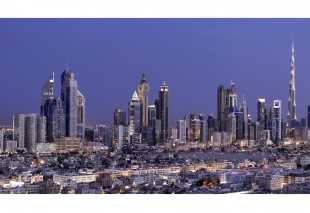

MEA's Q1 2018 performance shows demand outpaced supply in the UAE

Hotels in the Middle East reported mixed Q1 2018 performance results, while hotels in Africa posted growth across the three key performance metrics, according to data from STR.
Compared to Q1 2017, occupancy across the Middle East rose by 0.9% to 70.6%, while ADR dropped by 4.5% to US$163.76. RevPAR also fell by 3.6% to $115.62.
Focusing on the UAE, demand growth at 5.2% outpaced supply growth (4%), leading to an increase in occupancy while mitigating the supply impact on rate levels, revealed STR. The country's occupancy in Q1 2018 rose by 1.1% to 83.4%. ADR, meanwhile, fell by 3.4% to AED 666.48 ($181.48), while RevPAR also dropped 2.3% to AED 556.12 ($151.43).
Abu Dhabi (RevPAR at -4%) and Dubai (RevPAR: -2.6%) both saw overall performance declines. STR analysts note that the supply growth impact is more substantial in Dubai ahead of Expo 2020, while Abu Dhabi is looking to diversify away from its oil dependence and focus on more development in the tourism sector.
Meanwhile, in Africa, occupancy jumped up 5.2% to 58.9%, with ADR ($125.18) and RevPAR ($73.73) both rising by 6.6% and 12.1% respectively.
Egypt continued to recover, with the absolute occupancy level reported by STR as being the highest for a first quarter in the country since 2010. Its occupancy rose 21.2% to 60.1%, with ADR (+11.8%) at EGP1,291.72 ($73), and RevPAR (+35.5%) at EGP775.69 ($43.87). STR reported that the year-over-year RevPAR increase was supported by both the Sharm El Sheikh (+84.9%) and Cairo/Giza (+14.7%) markets, and STR analysts expect this boost to continue as Russia recently resumed flights to Egypt after a two-year suspension.